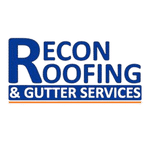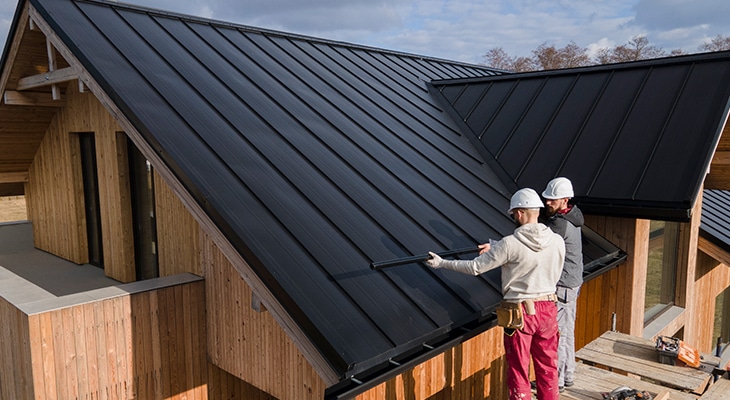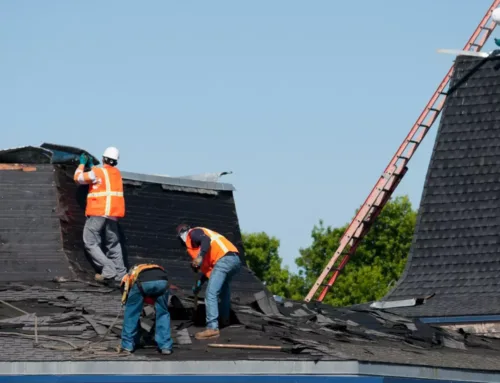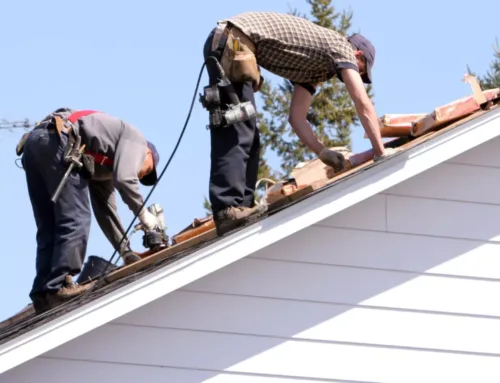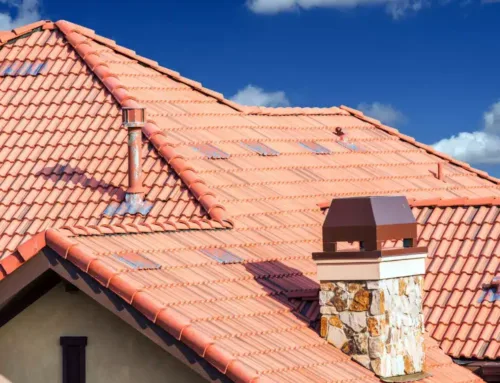Your roof is one of the most critical components of your home. It protects you from the elements, keeps your interior safe and dry, and plays a significant role in your home’s overall structural integrity. Regular maintenance is essential to ensure your roof performs at its best for many years to come. But what exactly should be included in your roofing maintenance schedule? In this blog, we’ll outline the key elements to consider.
Visual Inspections
Regular visual inspections of your roof should be at the top of your maintenance checklist. These inspections can help you identify issues early on, preventing more significant problems down the line. Look for signs of:
- Missing or damaged shingles
- Cracked or curling shingles
- Loose or damaged flashing around chimneys, vents, and skylights
- Accumulated debris, such as leaves and branches
- Algae or moss growth
- Damaged or clogged gutters and downspouts
- Clean Gutters and Downspouts
Proper drainage is crucial for the health of your roof. Clogged gutters and downspouts can lead to water backing up and seeping under your roof’s shingles, causing water damage. Include regular gutter cleaning in your maintenance schedule, especially in the fall when leaves and debris tend to accumulate.
Check for Leaks
Even small roof leaks can lead to significant damage over time. Inspect your attic or crawl space for signs of water intrusion, such as staining or dampness on the ceiling or walls. Pay close attention to areas around chimneys, vents, and skylights, as these are common areas for leaks.
Trim Overhanging Trees
Trees that overhang your roof can pose a risk, especially during storms or strong winds. Trim branches close to or touching your roof to prevent them from causing damage or acting as a pathway for pests to access your home.
Inspect Attic Ventilation
Proper attic ventilation is essential for maintaining a healthy roof. Check vents and make sure they are free of debris or obstructions. Adequate ventilation helps regulate temperature and moisture levels in your attic, preventing issues like ice dams and mold growth.
Professional Inspections
While you can perform many aspects of roof maintenance yourself, it’s also crucial to schedule professional roofing inspections. Roofing experts have the experience and knowledge to identify potential problems that may not be apparent to the untrained eye. Consider having your roof professionally inspected annually or after severe weather events.
Document Your Maintenance
Keep a record of all your roof maintenance activities, including the dates of inspections, any repairs or cleaning performed, and the condition of your roof. This documentation can help track the roof’s history and identify patterns or recurring issues.
A well-maintained roof is essential for protecting your home and ensuring its longevity. By including these key elements in your roofing maintenance schedule, you can catch problems early, prevent costly damage, and extend the life of your roof. If you’re unsure about any aspect of roof maintenance, don’t hesitate to consult with a roofing professional for guidance and assistance.
Discover the key elements to include in your roofing maintenance schedule. Contact us to keep your roof in top shape.
